“London Boy” by Taylor Swift, Deconstructed for Design Lovers
On Taylor Swift’s new album Lover, the song “London Boy” mentions various boroughs, villages, regions, districts, and streets in the city. And while the pop star is likely singing about gallivanting with her London-born boyfriend, Joe Alwyn, there is no shortage of exceptional architecture throughout the British capital for design enthusiasts who wish to follow in her footsteps. There are the obvious ones, like Buckingham Palace and Westminster Abbey, but there are also a ton of hidden gems, like Sir John Soane’s Museum, the Louis Vuitton New Bond Street store, and more. Below, Architectural Digest reveals the can't-miss attraction in each of Swift's verses.
Camden Market
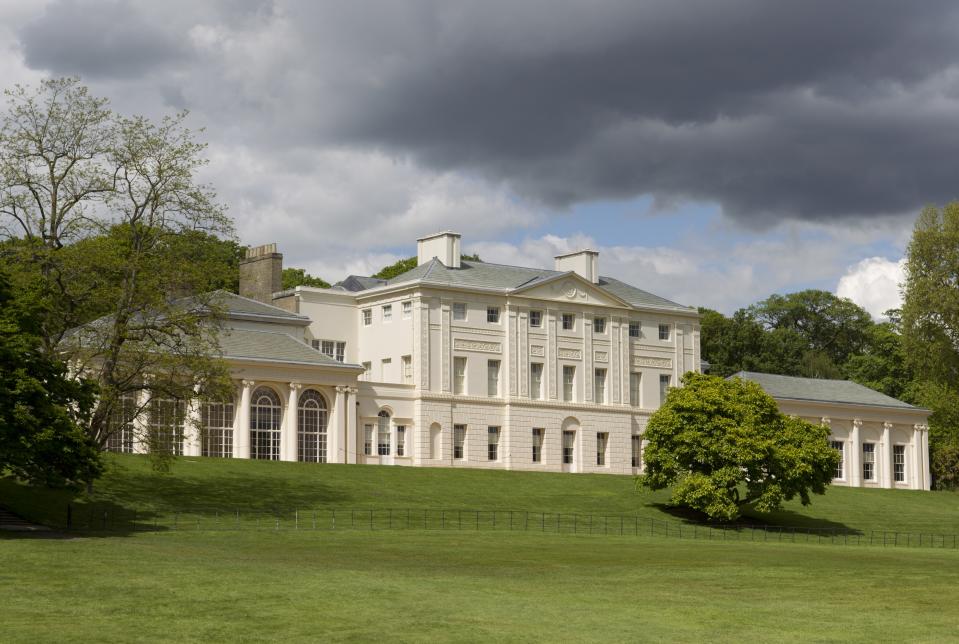
Kenwood House
Swift sings about walking through this famous market in north-west London "in the afternoon," as her lover admires her "American smile." And while Camden is best known as a great place to search for treasures, consider taking a detour to Kenwood House, an estate located in Hampstead, which is also part of the Borough of Camden. Originally built in the 1600s, the structure was expanded and renovated by notable Scottish architect Robert Adam in the 1700s, and then served as the residence of the Earls of Mansfield through the 1800s. In the early 1900s, part of the estate was purchased by the Guinness family, and later, the entire property and grounds were acquired by the London County Council. Artwork by the likes of Johannes Vermeer and Rembrandt still hangs in the home.
Highgate
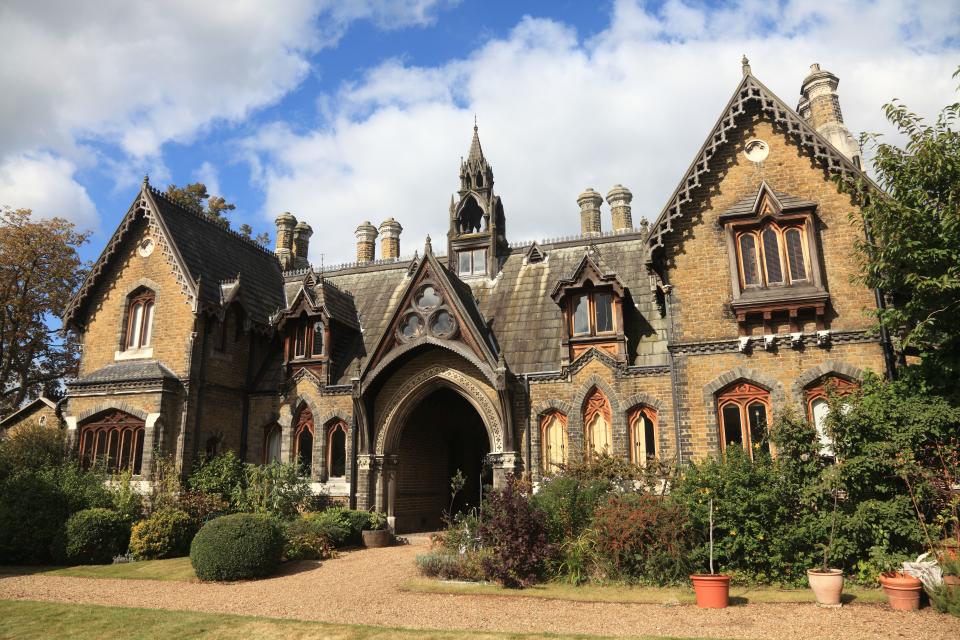
Holly Village Victorian Gothic houses at Highgate London England
If you find yourself in the London suburb where Swift sings that Alwyn took her to meet "all of his best mates," wander around Holly Village. The eight residences there were built in 1865; half are detached houses and the other half are adjoining cottages. Architect Henry Astley Darbishire designed the village for Baroness Angela Burdett-Coutts, and the structures were built by William Cubitt.
West End
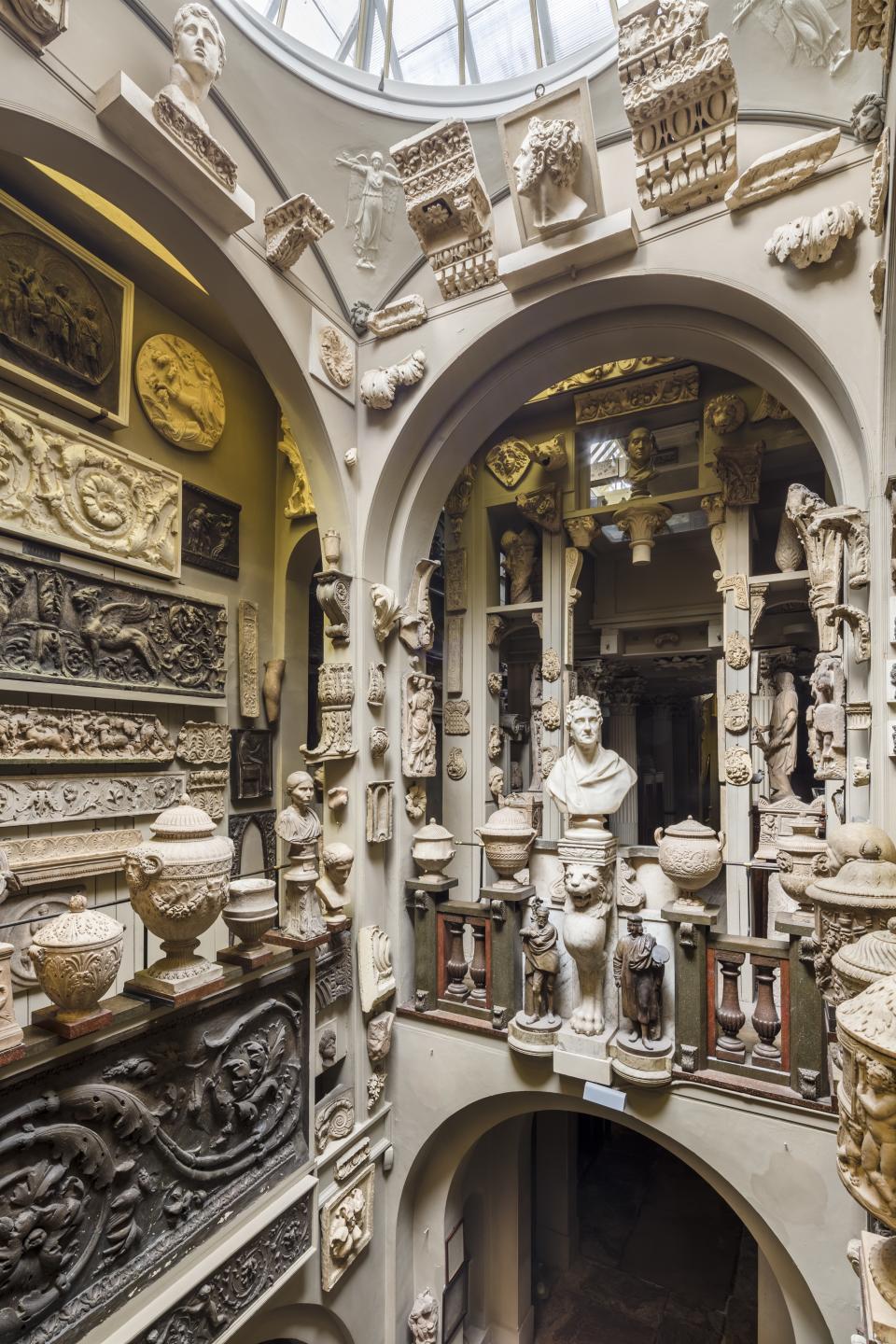
This neighborhood might conjure up images of theatrical productions, but London's West End is also home to Sir John Soane’s Museum. Previously the residence of neoclassical architect John Soane (1753–1837), the museum features drawings and models of his work, plus items from his extensive collection of art and artifacts. A variety of architectural elements can be found in the building, including domed ceilings, arches, and a unique room that Soane designed with movable planes, allowing 118 paintings to hang in one small space.
Brixton
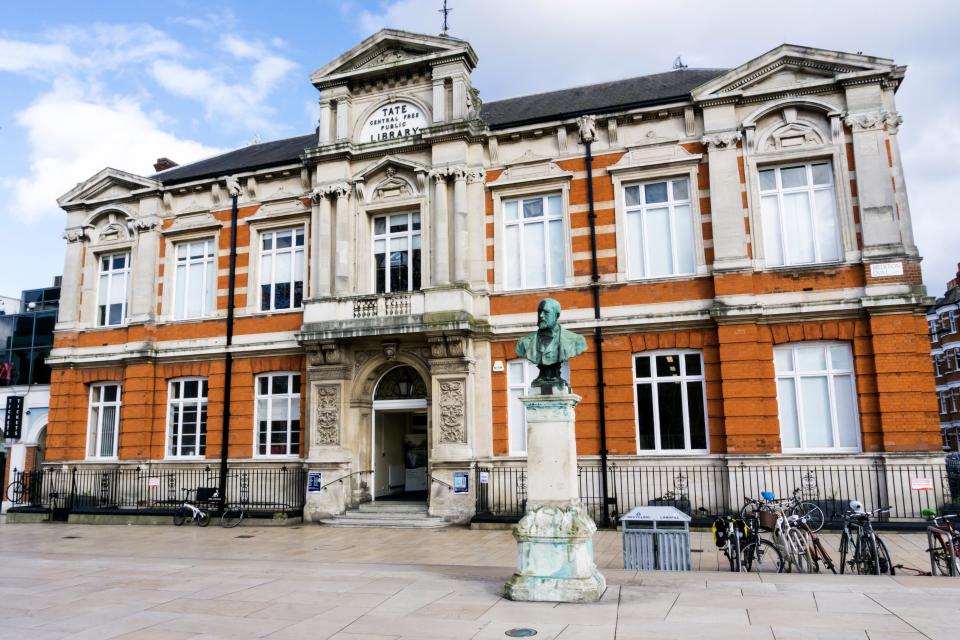
Bust of Sir Henry Tate in front of Tate Library, Brixton.
Brixton Library, also sometimes called the Tate Library, is a public library located in south London. Sir Henry Tate, who also established the Tate Gallery, hired architect Sidney R.J. Smith to design the stunning structure in the 1890s. In 1904, Tate's widow purchased the land in front of the library and established a public garden.
Hackney
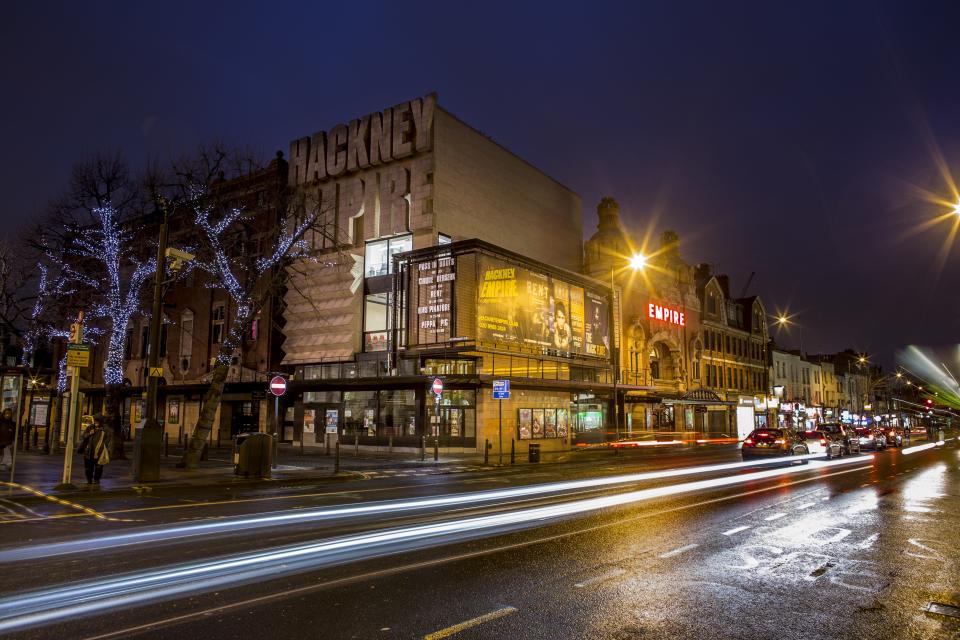
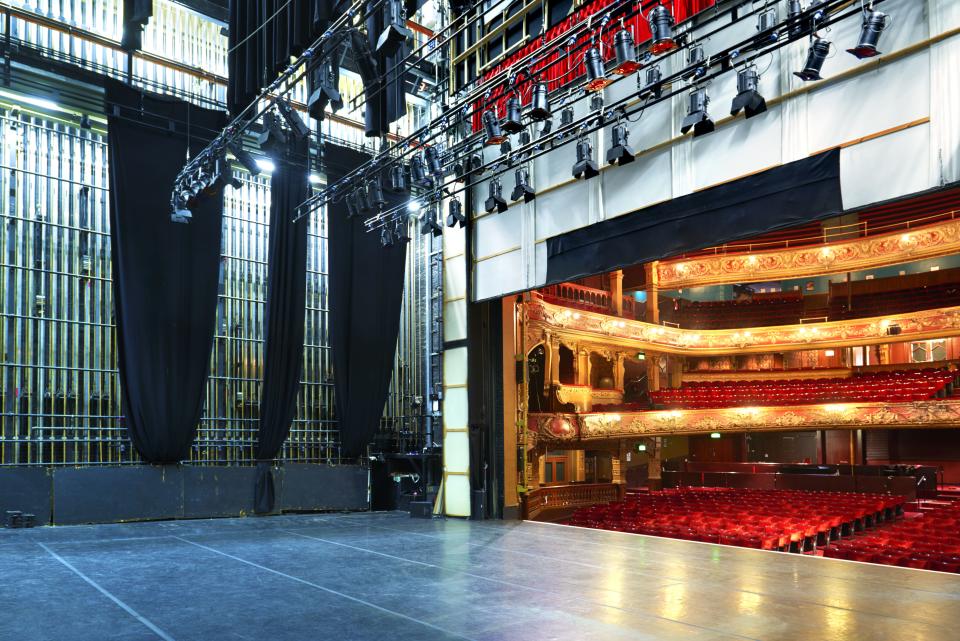
Designed by architect Frank Matcham, the Hackney Empire has hosted a wide array of performers—including Charlie Chaplin, Julie Andrews, Craig Ferguson, Ralph Fiennes, Russell Brand, and many more—since it opened in 1901. Today, it remains a very picturesque place to take in a show. In 2001, the venue underwent a multimillion-dollar restoration project that added an orchestra pit, a studio, education facilities, and more.
Bond Street
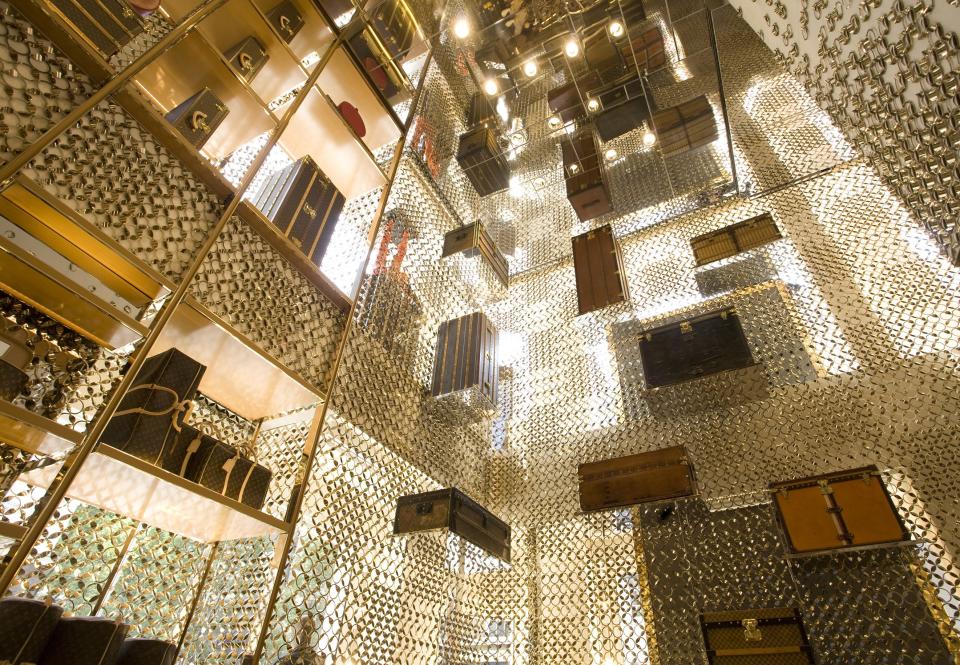
Louis Vuitton Flagship Store In London
New Bond Street is known for its vast shopping options, so it’s no wonder why Swift mentions going to “Louis V up on Bond Street" in her tune. The lyric is a clear nod to the luxury retail space, which was designed by famed New York–based architect Peter Marino. The stylish store encompasses three floors and 1,500 square meters. Marino has designed a multitude of other stores across the globe for Chanel, Dior, Fendi, Calvin Klein, and Giorgio Armani, among others.
Soho
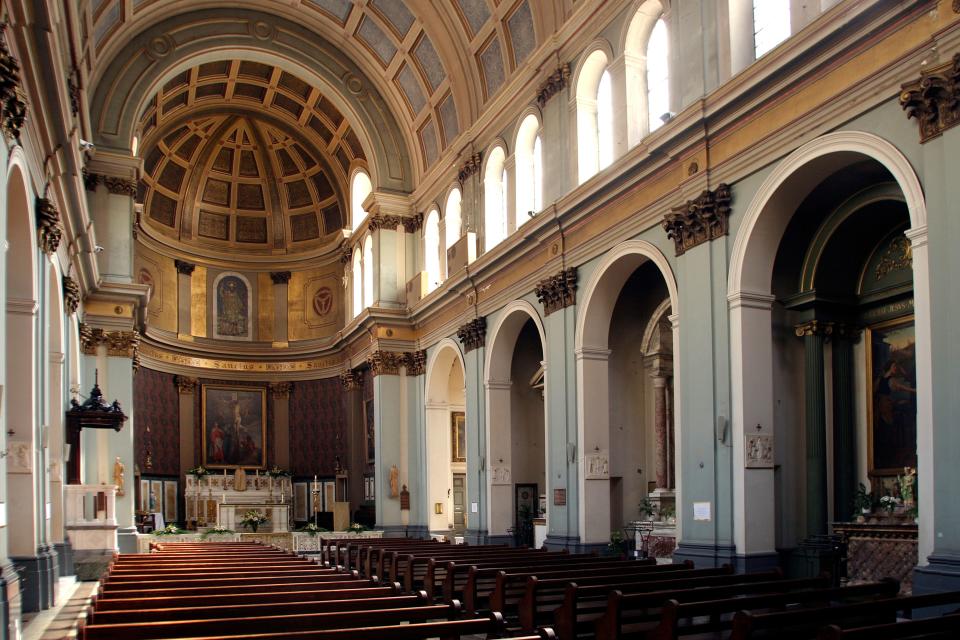
UK London Soho Square St Patricks RC church
Before St. Patrick’s was a Roman Catholic church, it was a private home. When the owners went bankrupt, an Irish priest took over the building. Eventually, the Italianate church which stands today was built on the site by John Kelly of Leeds between 1891 and 1893. St. Patrick’s, located on Soho Square, is made of brick and includes a bell tower and an entrance with a Roman-style porch and Corinthian columns.
Originally Appeared on Architectural Digest

